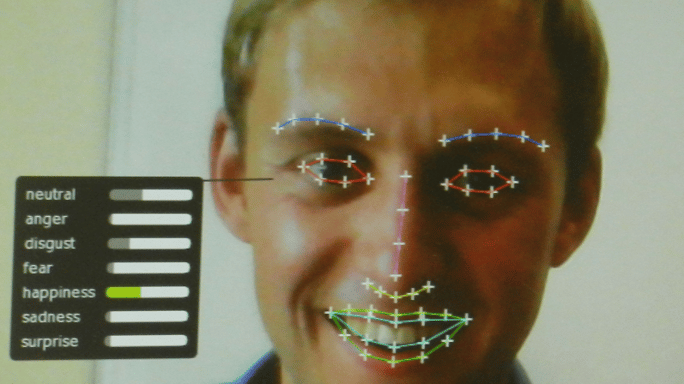
Science has recently shed some light to the topic of shopping experience. This has led to the conclusion that behind every sold product is a simple reaction in the brain that has been triggered by outside factors evoking certain emotions from the person.
Recent trends have begun to arise about the connection between human emotions and marketing. Trends like Coca-Cola’s back-to-basic “Taste the Feeling” campaign to using facial recognition to find out how a consumer feels about a certain product.
The simple solution is to sell emotions.

Human emotions make up a vast spectrum, not just 5 basic emotions (remember Inside Out?). To be able to sell your product, you have to build up your brand in a way that’s appealing to people’s emotions, something that will tug at their heartstrings, and something they will be able to relate to.
Hard selling is a long-gone way of advertising. It just doesn’t work. It makes a cold and unwelcoming impression, and it doesn’t seem authentic at all. To the public eye, hard-selling advertisements are just Photoshopped versions of reality.
Another factor that plays a big role in selling emotions is selling the experience, not just your product. It’s safe to say that your product speaks for your brand and what your brand stands for. So the way you sell your product naturally also has an impact on how your brand is perceived by the public eye.
Take Starbucks for example. There’s probably one on every corner in the city. They make good coffee and have nice baristas, and the shop also has a calm feel to it even though they sell beverages that will perk you up for hours. But the one thing people don’t realise is that Starbucks is not just selling coffee – they’re selling the experience of having their coffee. The ambience changes consumers’ moods the moment they step into the shop, and the smell of coffee fires up neurons, sending signals of happiness to the brain. The nice baristas greet each person with respect and enthusiasm, and the good coffee wraps it all up like the perfect gift. All of these factors bundled up together make for a very pleasant experience with positive and warm emotions, thereby connecting the brand Starbucks with the feelings of happiness, tranquility, and harmony.
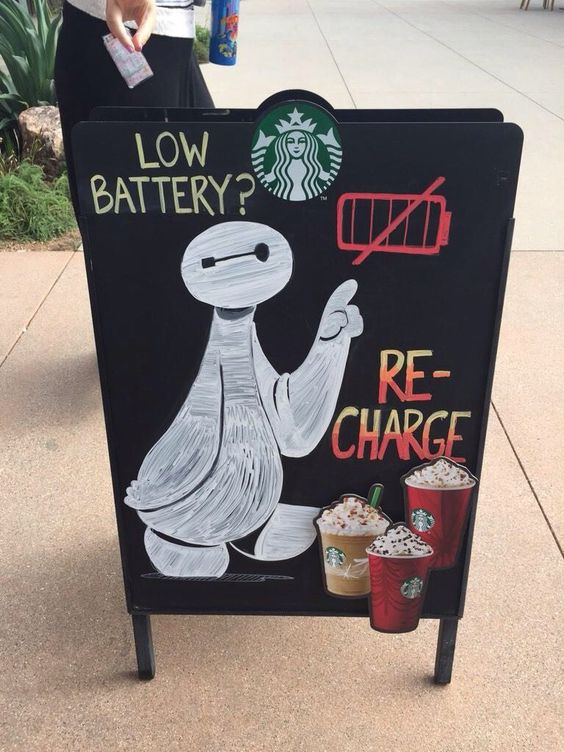
It’s also important to express empathy. You have to make your audience feel like you understand what they’re going through. Therefore, you know genuinely how they feel and what they need to alleviate their problems, and that you’re able to provide that solution in the least amount of time possible and with the feeling of reliability and trust. Even though you can’t literally go out and reach out to them yourself, your brand must do it for you through your ads and your marketing strategy.
This is the reason why emotional analytics have also come into play recently – for companies to know how people feel about their current predicament, the company’s brand, and how the brand relates to or answers its consumers’ dilemma. In a recent study on emotional analytics, focus groups were subjected to an online survey with a video recording. The results showed that even without physically interacting with your product, your consumers already have feelings toward your brand.

Emotions are the core of every advertising campaign and marketing strategy. As humans, it is the very essence of life – to feel life as a human. For the ads to feel truly authentic, campaigns must revolve around a single “human truth”. That is, your product and brand answer to something all humans, most especially your target market, can easily relate to because they are experiencing it and are looking for solutions from a familiar persona. Of course, it’s entirely up to you to make sure you get the emotions you want to evoke from your audience through your campaign.
In essence, don’t just focus on what you can show about yourself; focus on what you can make your audience feel about you.
Want to make a marketing experience worth remembering?



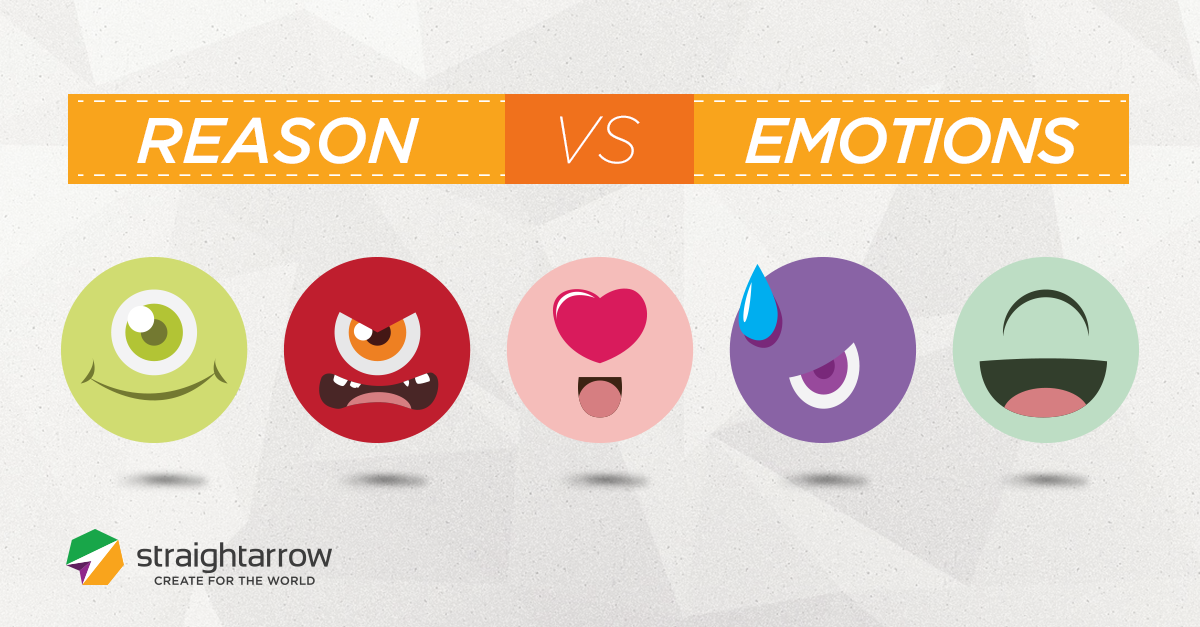





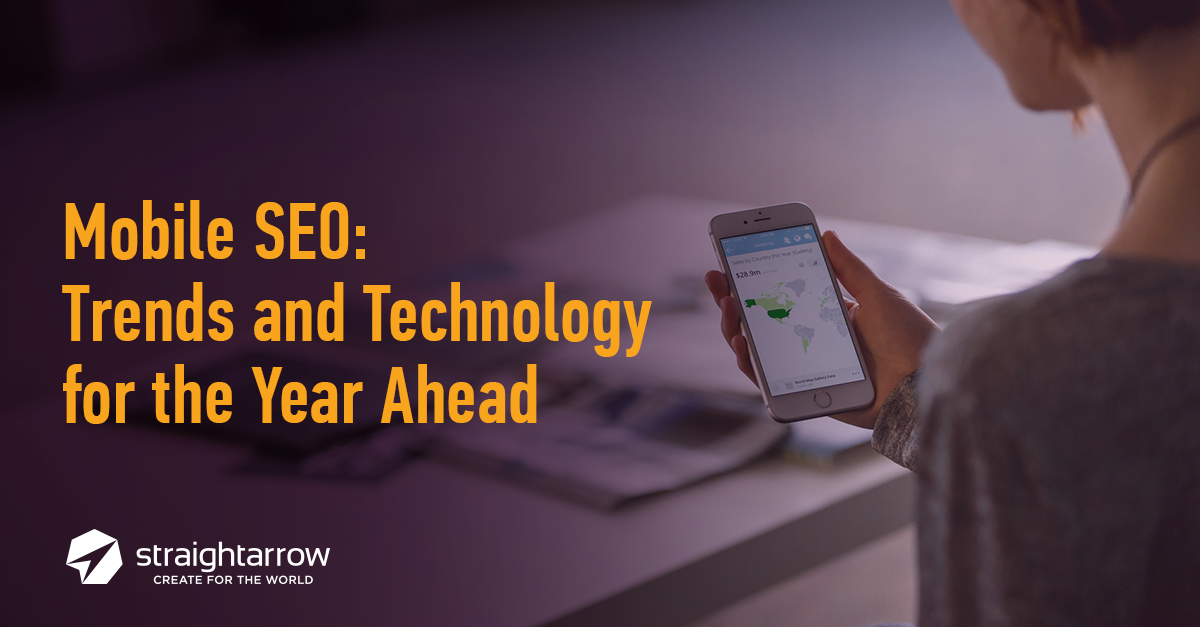
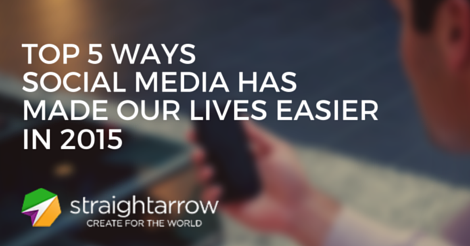


Comments